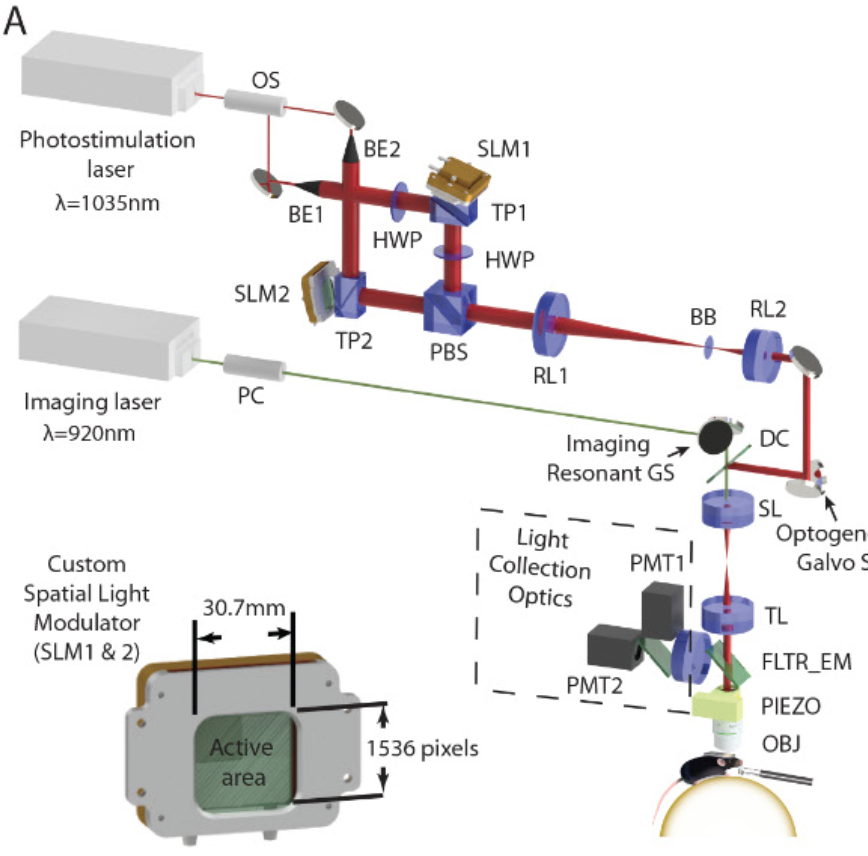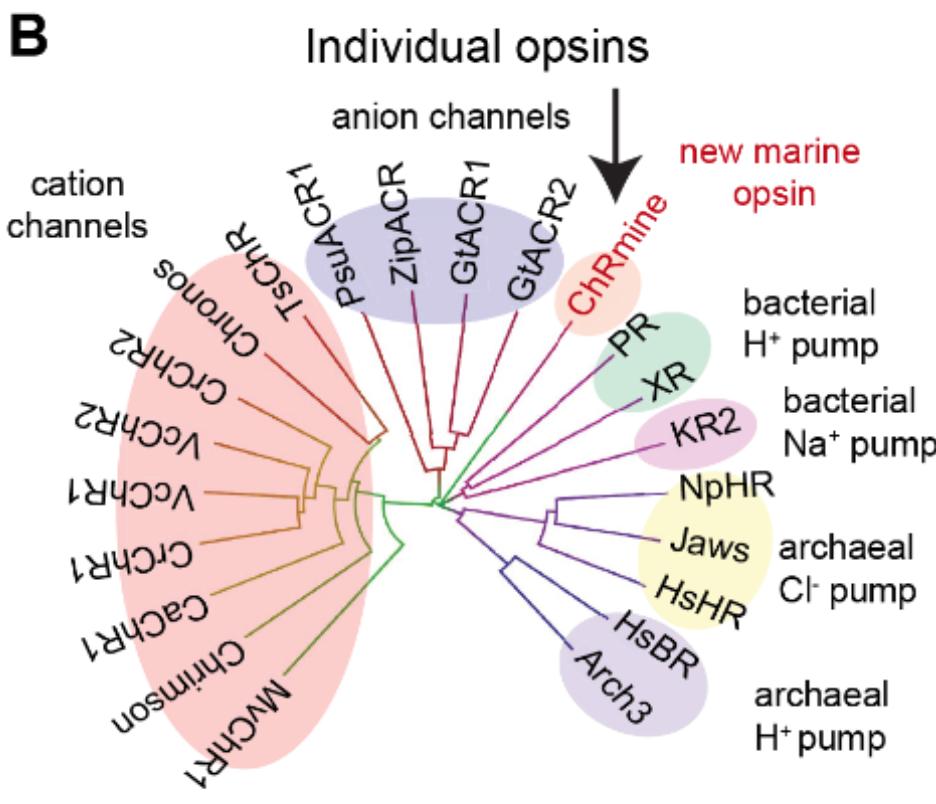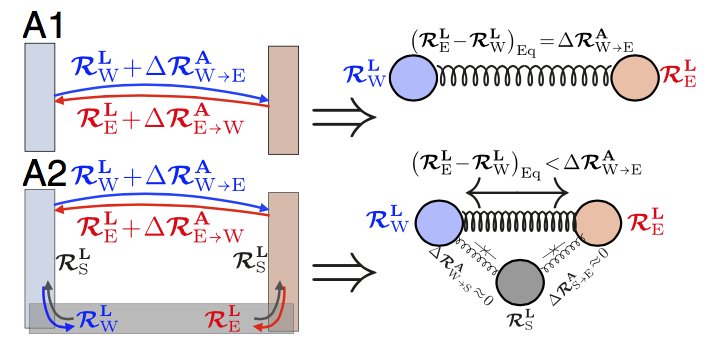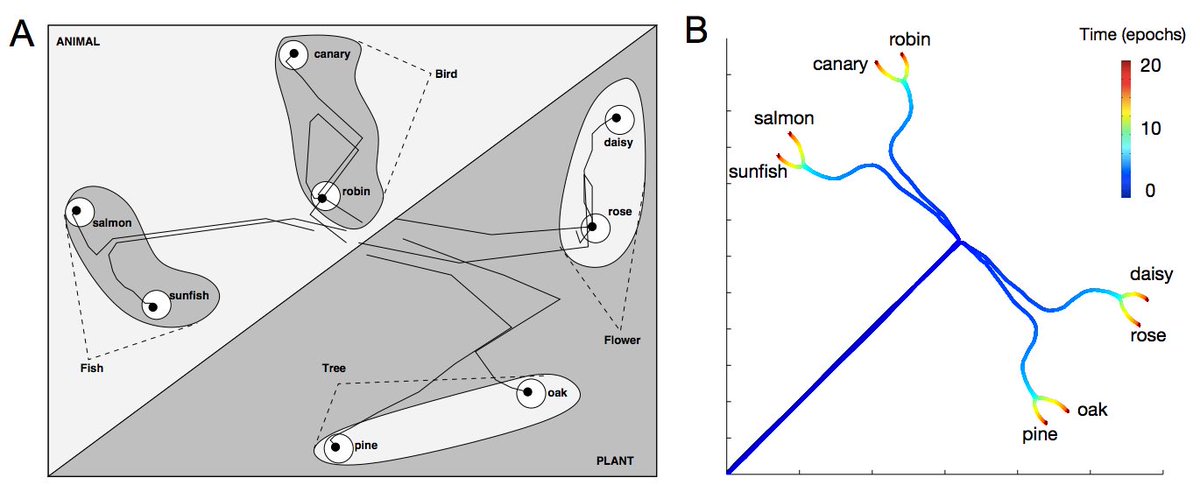
Associate Prof of Applied Physics @Stanford, and departments of Computer Science, Electrical Engineering and Neurobiology. Venture Partner @a16z
 1 subscribed
1 subscribed
 1 subscribed
1 subscribed
How to get URL link on X (Twitter) App

 1 subscribed
1 subscribed

 2/#XAI will become increasingly important in #neuroscience as deep learning allows us to derive highly accurate but complex models of biological circuits.But will we just be replacing something we don't understand-the brain-with something else we don't understand-our model of it?
2/#XAI will become increasingly important in #neuroscience as deep learning allows us to derive highly accurate but complex models of biological circuits.But will we just be replacing something we don't understand-the brain-with something else we don't understand-our model of it? 
https://twitter.com/RylanSchaeffer/status/15874543962577960962/ Our prior theory authors.elsevier.com/c/1f~Ze3BtfH1Z… quantitatively explains why few hexagonal grid cells were found in the work; many choices were made which prior theory proved don’t lead to hexagonal grids; when 2 well understood choices are made grids appear robustly ~100% of the time

 2/ In joint work @MetaAI w/Ben Sorscher, Robert Geirhos, Shashank Shekhar & @arimorcos we show both in theory (via statistical mechanics) and practice how to achieve exponential scaling by only learning on selected data subsets of difficult nonredundant examples(defined properly)
2/ In joint work @MetaAI w/Ben Sorscher, Robert Geirhos, Shashank Shekhar & @arimorcos we show both in theory (via statistical mechanics) and practice how to achieve exponential scaling by only learning on selected data subsets of difficult nonredundant examples(defined properly) 

 2/ Many methods can train to low loss using very few degrees of freedom (DoF). But why? We show that to train to a small loss L using a small number of random DoF, the number of DoF + the Gaussian width of the loss sublevel set projected onto a sphere around initialization...
2/ Many methods can train to low loss using very few degrees of freedom (DoF). But why? We show that to train to a small loss L using a small number of random DoF, the number of DoF + the Gaussian width of the loss sublevel set projected onto a sphere around initialization... 

https://twitter.com/agrimgupta92/status/13571479575025131532/ generate diverse morphologies with embodied intelligence that can exploit the passive physical dynamics of agent environment interactions to rapidly learn complex tasks in an energy efficient manner


 2/ See also here for a free version: rdcu.be/b26wp and tweeprint below ->
2/ See also here for a free version: rdcu.be/b26wp and tweeprint below ->


 2/ that visual cortex operates in a highly sensitive critically excitable regime in which stimulating a tiny subset of ~20 cells with similar orientation tuning is sufficient to both selectively recruit a large fraction of similarly responding cells and drive a specific percept
2/ that visual cortex operates in a highly sensitive critically excitable regime in which stimulating a tiny subset of ~20 cells with similar orientation tuning is sufficient to both selectively recruit a large fraction of similarly responding cells and drive a specific percept 

 2/ We ask: how do we learn where we are? two info sources are needed: 1) our recent history of velocity; 2) what landmarks we have encountered. How can neurons/synapses fuse these two sources to build a consistent spatial map as we explore a new place we have never seen before?
2/ We ask: how do we learn where we are? two info sources are needed: 1) our recent history of velocity; 2) what landmarks we have encountered. How can neurons/synapses fuse these two sources to build a consistent spatial map as we explore a new place we have never seen before?

 2/ We study how many phenomena in human semantic cognition arise in deep neural networks, and how these phenomena can be understood analytically in a simple deep linear network. Such phenomena include…
2/ We study how many phenomena in human semantic cognition arise in deep neural networks, and how these phenomena can be understood analytically in a simple deep linear network. Such phenomena include…